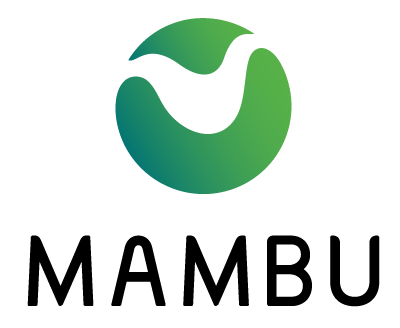- 22 Jun 2023
- 2 Minutes To Read
- Print
- DarkLight
- PDF
Managing your Organization Overview
- Updated On 22 Jun 2023
- 2 Minutes To Read
- Print
- DarkLight
- PDF
An organization refers to the entirety of your business, along with all of your branches and staff members. Mambu provides configuration options for your organization that define everything from your organization's name and logo to the time zone used to date transactions and schedule automated processes.
This page provides a brief overview of some of the main functional categories of available configuration options for your organization.
Corporate identity
You may configure Mambu to use your organization's name and logo. For more information, see Branding. For information on configuring your organization's contact information, see Organization Contact Details and Time Zone.
Organizational structure
You may subdivide your organization into branches and centres.
Branches are an organization's subdivision operating locally or having a particular function. They often represent a geographical subdivision of an organization or a product line. Each branch can have multiple centres assigned to it.
Centres are subdivisions of a branch, and they may be used for a variety of reasons. Clients may be assigned to a centre, which can be useful if you want to collect centre-specific reporting.
For more information, see Branches and Centres.
Financial settings
Any currency you want to support must be configured in Mambu. If you want to support multiple currencies, it is up to you to define the exchange rates between those currencies, as well as to define the base currency used for accounting. For more information, see Currencies.
You may also configure three types of index and tax rates for your loan and deposit products in Mambu:
- Interest rates
- Value-added tax rates
- Withholding tax rates
For more information, see Customizing Index Interest Rates and Tax Rates.
System configuration
Several Mambu entities can be customized with custom field definitions to store any additional information that you want to associate with the entity and record. For example, if you wanted to track which of your clients are students so that you could easily retrieve or view the data associated only with students, you could create a student custom field.
Custom field definitions are robustly supported throughout the Mambu UI and API. Custom field values may be retrieved and manipulated via API v2. For more information, see Custom Fields.
Mambu also provides some configuration options for automated jobs that regularly run to ensure that all account states, days in arrears, penalties, and fees are up to date and consistent with any transactions that have been posted. For more information, see End of Day Processing and Cron Jobs.


